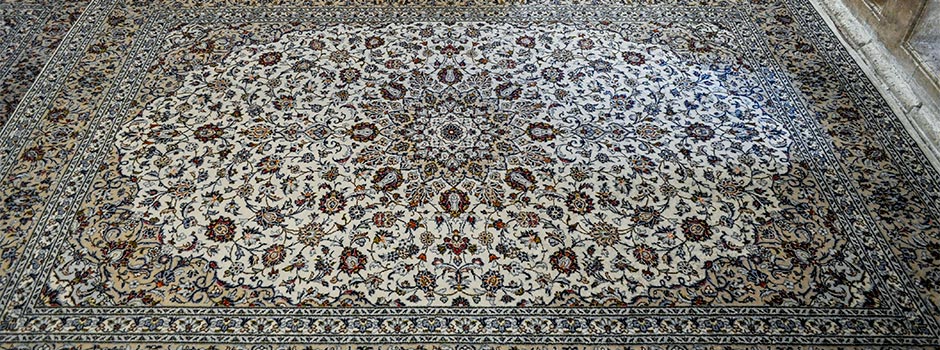
ART HISTORY The Carpet Collection from the Gazi Husrev Beg Mosque
Jul 18, 2017 Art History
This article is a part of the project 'Promotion of the Ottoman Cultural Heritage of Bosnia and Turkey' which is organized by Monolit, Association for Promoting Islamic Arts and supported by the Republic of Turkey (YTB - T.C. BAŞBAKANLIK Yurtdışı Türkler ve Akraba Topluluklar Başkanlığı / Prime Ministry, Presidency for Turks Abroad and Related Communities).
The Gazi Husrev Beg Mosque was built in 1531 and represents the most significant achievement of Ottoman architecture in the Balkans. However, it is also known for some other things. It was the first mosque in the world in which, at the end of the 19th century, electric lighting was introduced. Nevertheless, what we are interested in here is a well-known collection of carpets, which were donated to the Mosque in the last century by some presidents and monarchs from Islamic countries.
Before we go into details, let us go back to the period when the Austro-Hungarian monarchy took over Bosnia and Herzegovina from the Ottoman Empire. This claim was also of a cultural nature, not just political. The new government wanted to introduce many new things that included the restoration of certain religious sites. The Gazi Husrev Beg Mosque was certainly in the foreground and quickly gained a new wall decoration in the historicist style, which included a mix of various ornamental compositions from different periods of Islamic history, and artists were commissioned from Europe. Then there was the issue of carpets in the Mosque. Today we do not have any information about what kind of carpets existed in the Gazi Husrev Beg Mosque before the arrival of Austro-Hungarian in 1878. Certainly there are records that Bosnian mosques had expensive carpets in the 16th century, but not for the Gazi Husrev Beg Mosque.
The first carpets that we know were bought for this mosque in the late nineteenth century, and which have been preserved to date, came from Turkey, huge Ushak kilim, over seven meters in length, with a bright red backing and large blue-green medallions. They are very specific and today we can find them in many museum collections worldwide. These carpets are covered over time with others, and thus almost forgotten, so that is the reason we do not see them on old postcards or photographs. Today they are dislocated from the Mosque, but preserved.
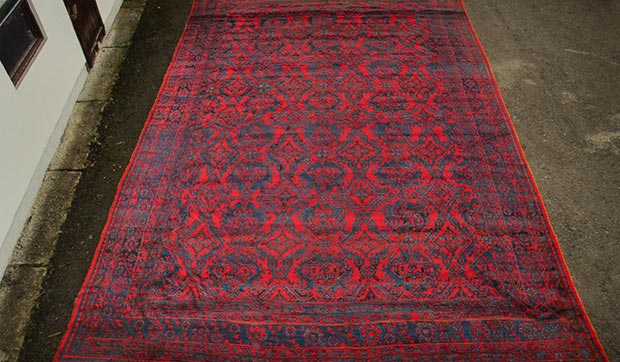 Ushak kilim, the end of 19th century, the Gazi Husrev Beg Mosque / Photo courtesy of Gazi Husrev Beg Waqf
Ushak kilim, the end of 19th century, the Gazi Husrev Beg Mosque / Photo courtesy of Gazi Husrev Beg Waqf
The new decade for the Gazi Husrev Beg Mosque, when it comes to rugs, begins in the period of Yugoslavia (1945-91). Considering that Yugoslavia was part of the political bloc of non-aligned, it was often visited by presidents and monarchs from Muslim countries. For many it was an unavoidable to visit the Gazi Husrev Beg Mosque, and almost as a rule, the Mosque was donated new carpets. The intensity of arrivals and visits was greatest during the 50s, 60s and 70s. At that time the Mosque was visited and donated by Iranian Shah Reza Pahlavi, Indonesian President Sukarno, Egyptian President Gamal Abdel Nasser, Tunisian President Habib Bourguiba and others, while in the late 90s the Mosque was visited and the carpets were donated by Iranian President Mohammad Khatami.
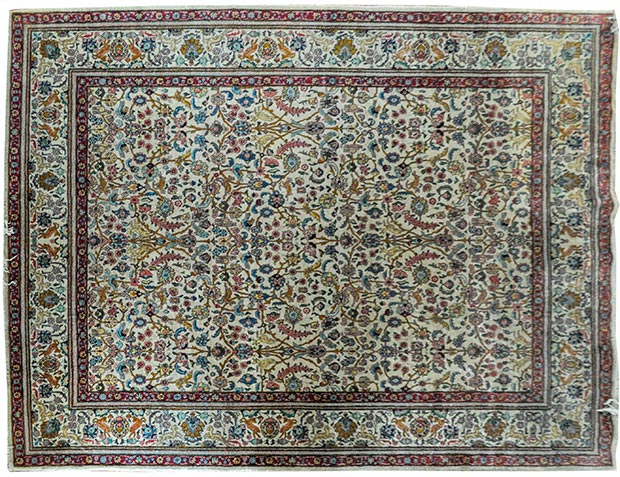 Carpet donated by Egyptian President Gamal Abdel Nasser to the Gazi Husrev Beg Mosque / Photo © Islamic Arts Magazine
Carpet donated by Egyptian President Gamal Abdel Nasser to the Gazi Husrev Beg Mosque / Photo © Islamic Arts Magazine
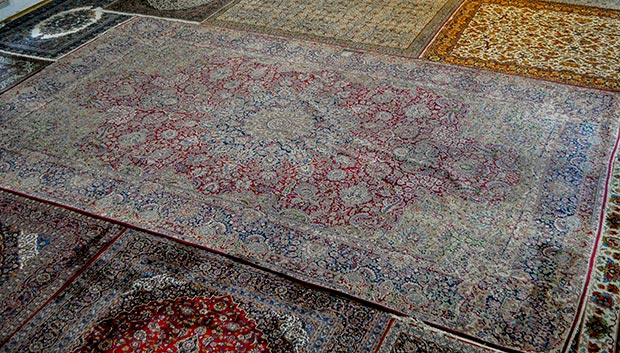 Carpet donated by Shah Reza Pahlavi to the Gazi Husrev Beg Mosque / Photo © Islamic Arts Magazine
Carpet donated by Shah Reza Pahlavi to the Gazi Husrev Beg Mosque / Photo © Islamic Arts Magazine
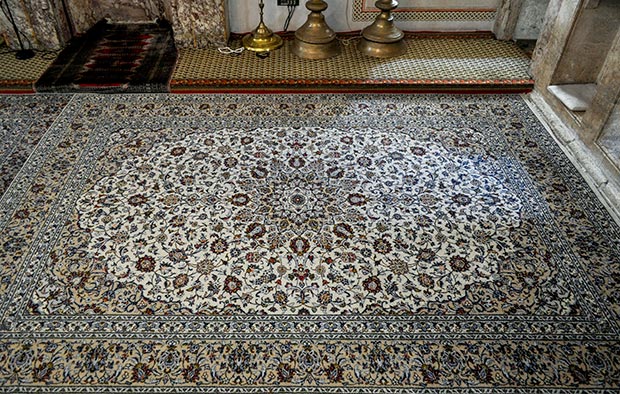 Carpet donated by Iranian Preseident Mohammad Khatami to the Gazi Husrev Beg Mosque / Photo © Islamic Arts Magazine
Carpet donated by Iranian Preseident Mohammad Khatami to the Gazi Husrev Beg Mosque / Photo © Islamic Arts Magazine
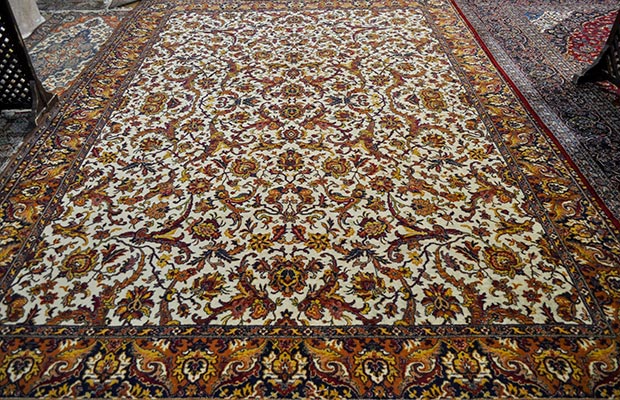 Carpet, 19th century, the Gazi Husrev Beg Mosque / Photo © Islamic Arts Magazine
Carpet, 19th century, the Gazi Husrev Beg Mosque / Photo © Islamic Arts Magazine
Today, it is safe to know which carpets were donated by Reza Pahlavi, President Nasser and President Khatami. The most valuable carpet is certainly the one given by Reza Pahlavi, the Persian Kashmar carpet, measuring 780x490 cm, probably made in the middle of the last century. President Nasser donated a carpet made in Cairo in the mid-20th century, while President Khatami donated two Nain carpets. In the Gazi Husrev Beg Mosque contained other valuable carpets, but do not know their origin. All these carpets are now dislocated and stored elsewhere.
Comments
Add a comment